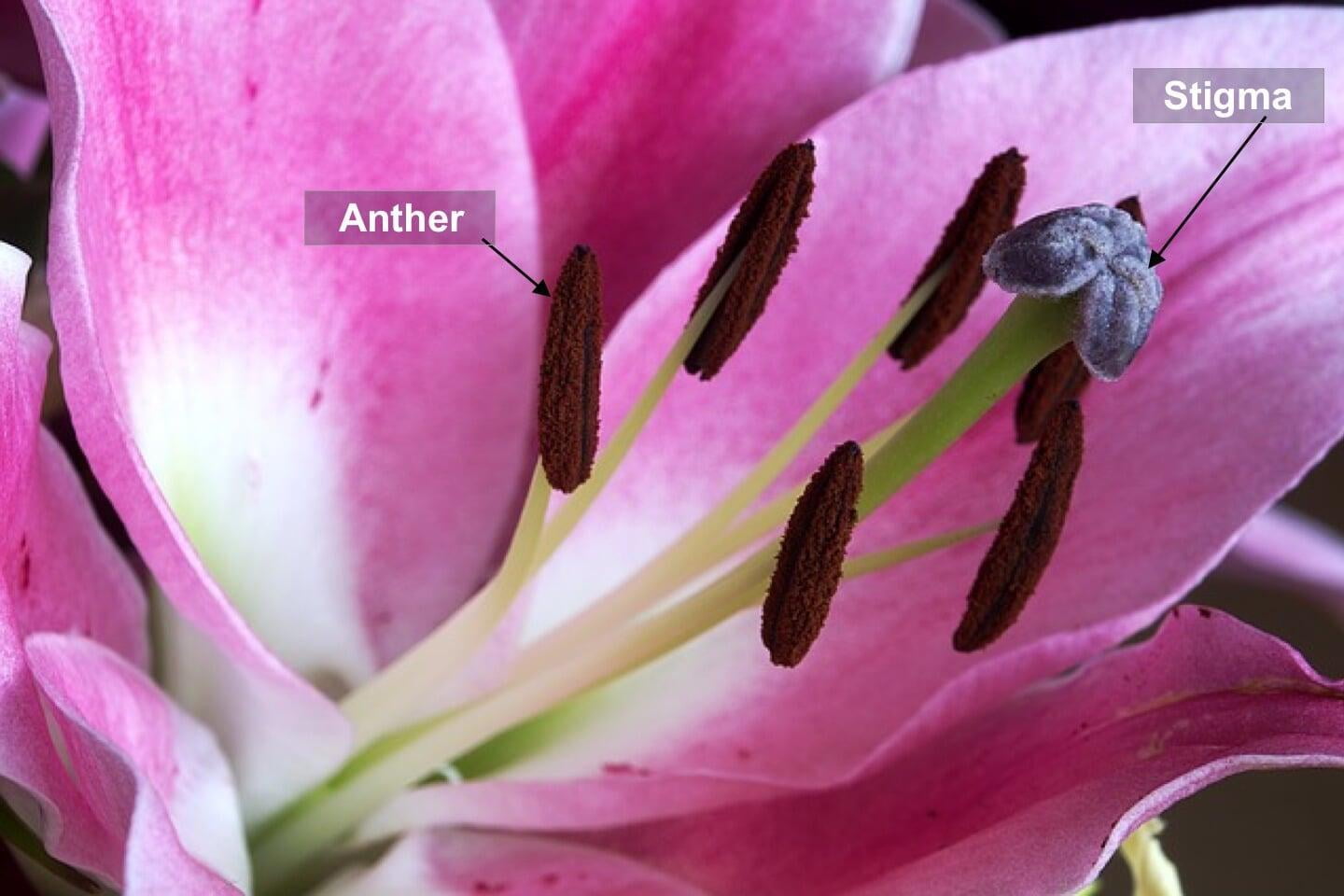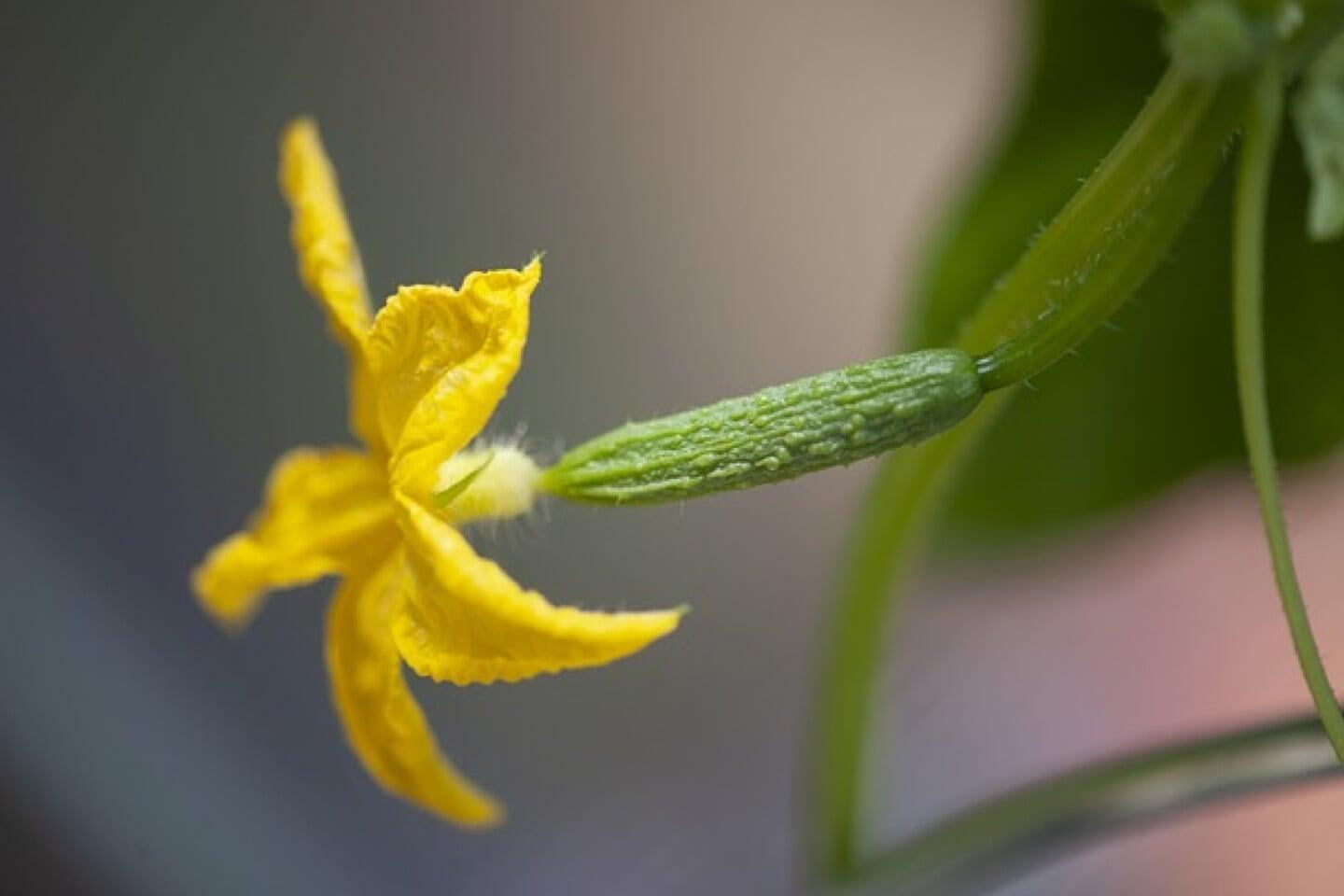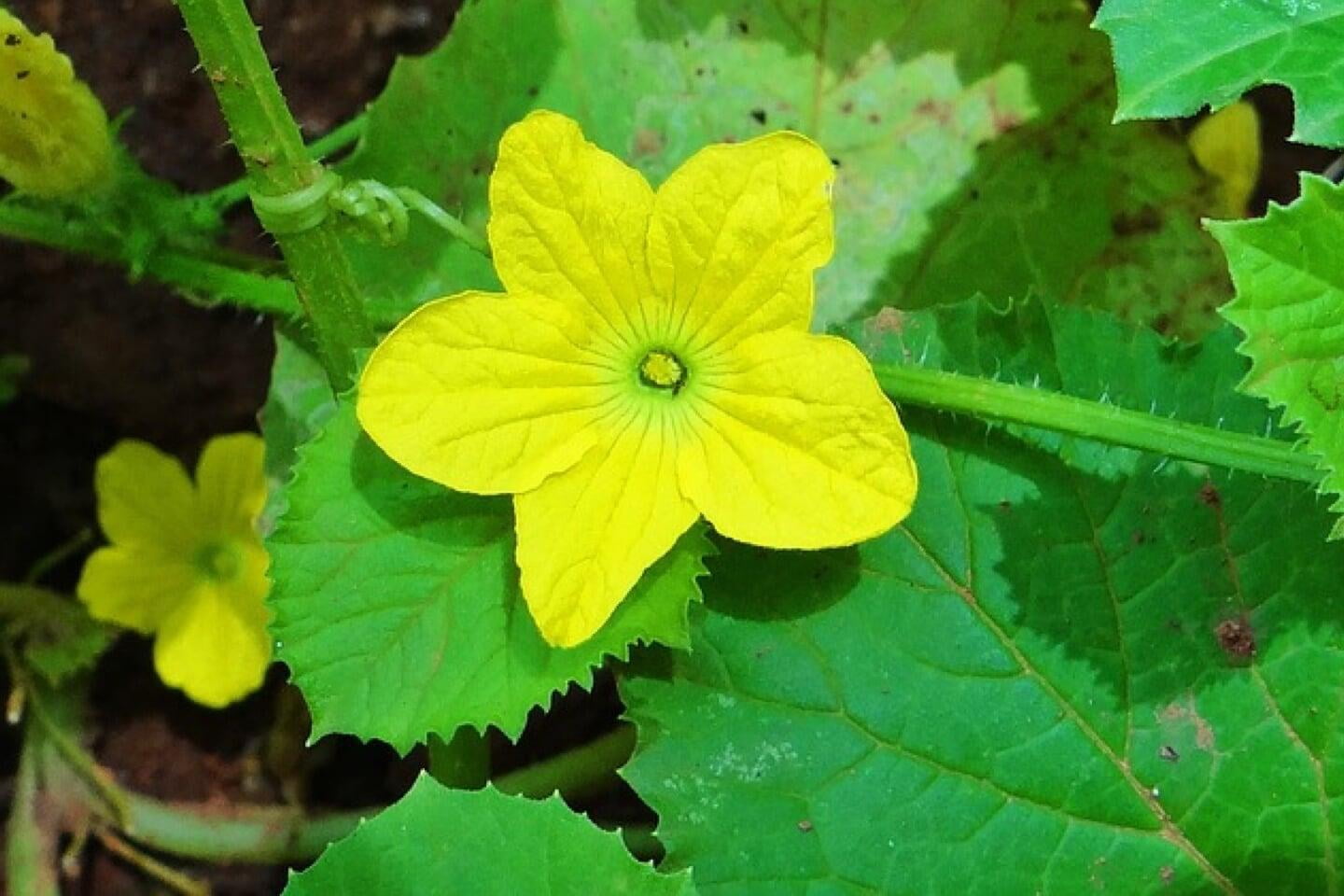What is Pollination?
Before we explain the process of pollination, it is vital to understand the different parts of plants that are involved in the process.
- Anther - it is the male reproductive part of flowers that produces pollen grains.
- Pollen grains - these consist of one or more vegetative cells and a reproductive cell (think of these as sperm cells).
- Stigma - it is the female reproductive organ of a plant that acts as a receptor for pollens.
Pollination is the process of transfer of pollen grains from the anther of a male flower to the stigma of the female flower.
The Significance of Pollination
To continue the circle of life, a living organism must produce its progenies. Plants are no exceptions to this natural cycle. Plants develop their progenies by creating seeds for the next generation. The process of pollination aids the circle of life in the case of plants. Proper pollination increases the percentage of fruit set in flower. Later, the fruit will produce the seed, thus completing the circle of life.
Kinds of Pollination
Self-pollination
Self-pollination is the process of transfer of pollen grain from the anther of one flower to the stigma of the same flower or the stigma of another flower on the same plant. Tomato is an example fo a self-pollinating plant.
Cross-pollination
Cross-pollination is the process of transfer of pollen grain from the anther of one flower to the stigma of a flower on another plant that belongs to the same species. Cucumber is an example of a cross-pollinating plant.
Self-pollination, as the name suggests, does not need any external vector. The anther and stigma are positioned such that the transfer of pollen grain happens naturally. Cross-pollination, however, requires external stimuli, often a vector, like an insect, to transfer pollen from one flower to the other.
Challenges of cross-pollination in a controlled environment
Cross-pollination is normally aided through insects. Insects collect pollen and nectar from the flowers as food. As they forage, they spread the pollen from one flower to another flower, one plant to another plant. In an open environment, this process works well, and environmental factors like wind, water, rain, etc. further aid the process of pollination. A protected environment restricts the movement of natural pollinators. This limitation leads to a reduced rate of, or improper pollination, which results in no fruit set or deformed fruits and seeds. Due to this, yield reduces in the plants grown in a protected environment. In such cases, a farmer can aid the process of pollination by carrying out manual/hand pollination.
While carrying out the process of manual pollination, One should be careful so as not to damage the stigma. A damaged stigma would lead to unfruitfulness. We did experience this first-hand and have shared the same in an earlier blog.
Happy Growing!


